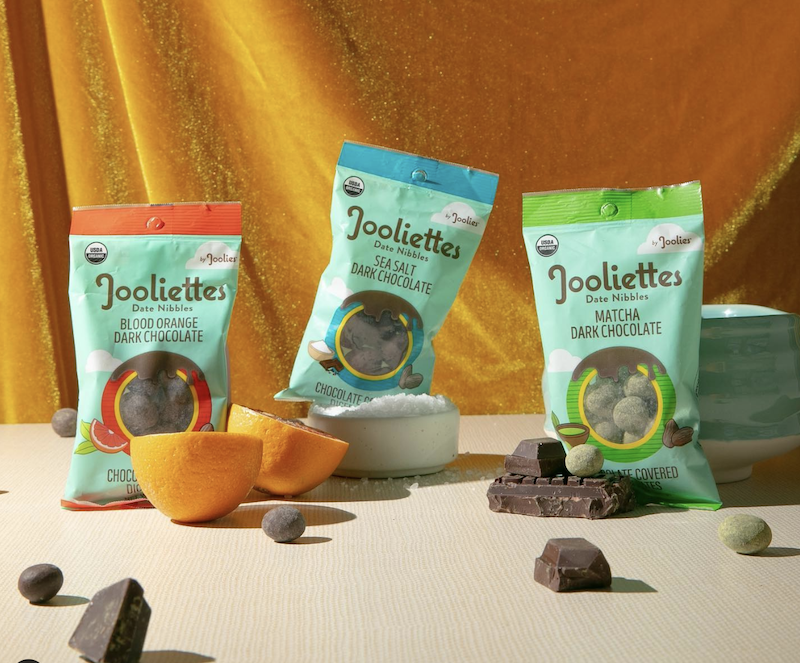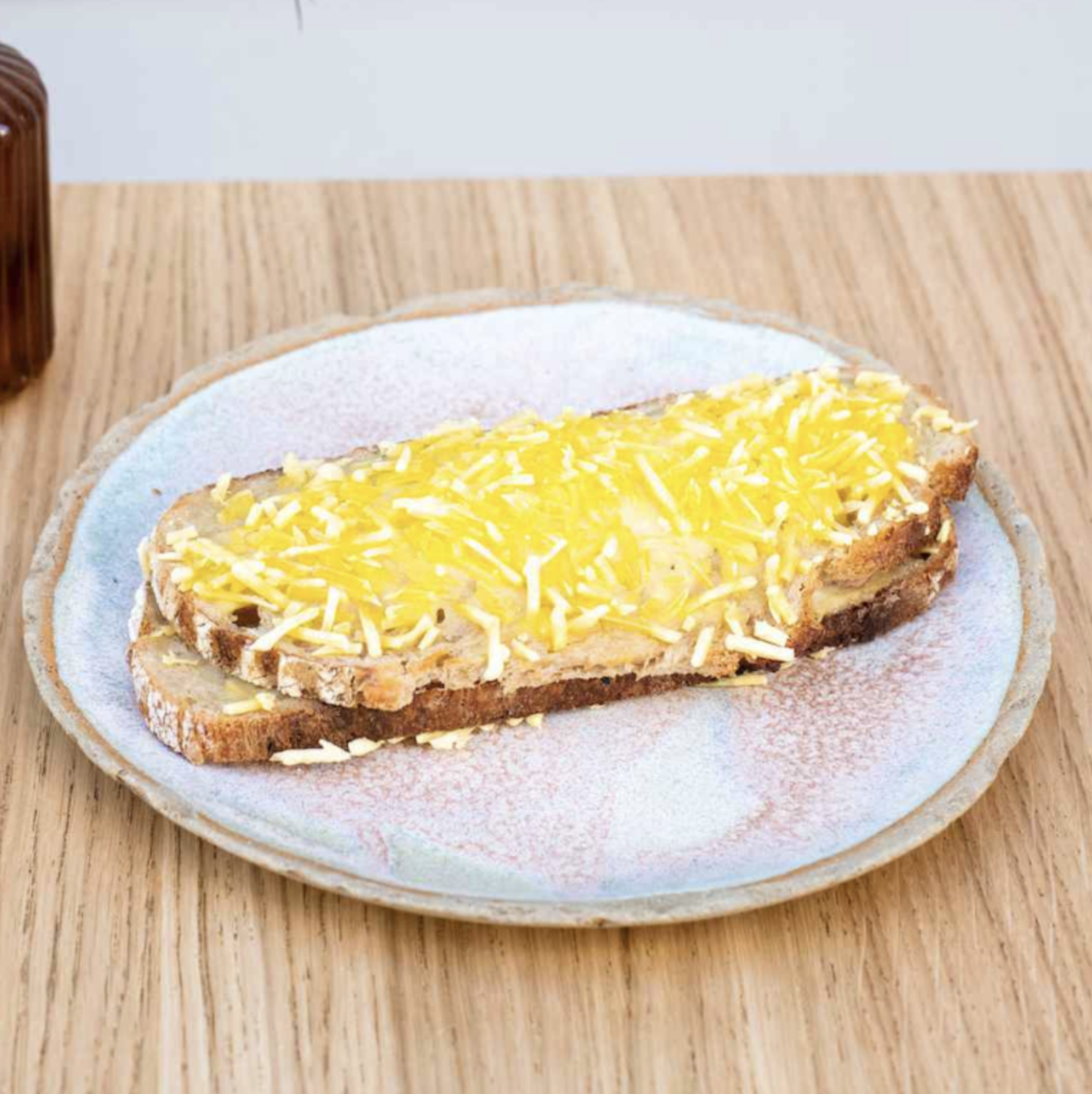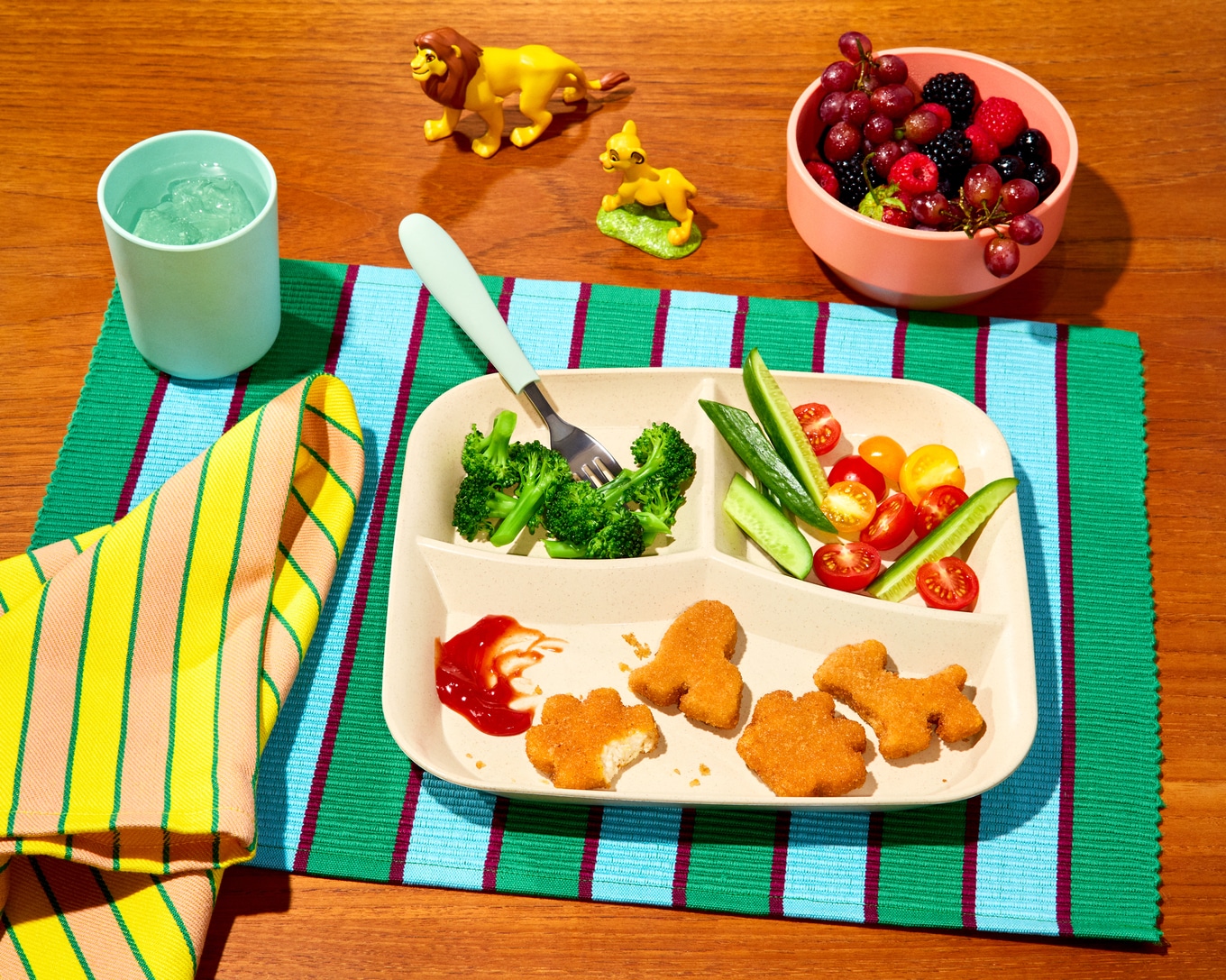Popcorn has been the quintessential movie snack for decades, enjoyed for its light, airy crunch. But popcorn isn’t the only kernel that pops.
Kernels and seeds from a variety of plants also pop when heated, offering unique flavors and textures that can spice up your snack game. These alternatives also pack extra nutrients, making them an appealing option.
Get your bowl and nooch ready for some new popped options.
Srattha Nualsate/Pexels
Table of Contents
How popcorn works
Popcorn pops due to its internal structure. Each kernel of popcorn contains a small amount of moisture inside its dense, starchy interior. The outer shell, known as the pericarp, is tough enough to trap this moisture.
When the kernel is heated, the moisture turns to steam, building pressure within the shell. At around 356°F (180°C), the pressure becomes too much for the shell to contain, and the kernel bursts open. The soft starch inside expands and cools, transforming into the fluffy, familiar shape we associate with popcorn.
While many opt to induce popping through easier microwaveable versions, to make popcorn, all you need is some kernels, a heavy bottomed pan, a little oil, and a lid.
Kernels and seeds that pop
This unique trait isn’t exclusive to popcorn, though. Other seeds and grains also contain moisture that, under the right conditions, will pop open when heated, offering a similar but often smaller version of popcorn.
Here are some exciting kernels and seeds that pop in much the same way as popcorn, each bringing something unique to your bowl.
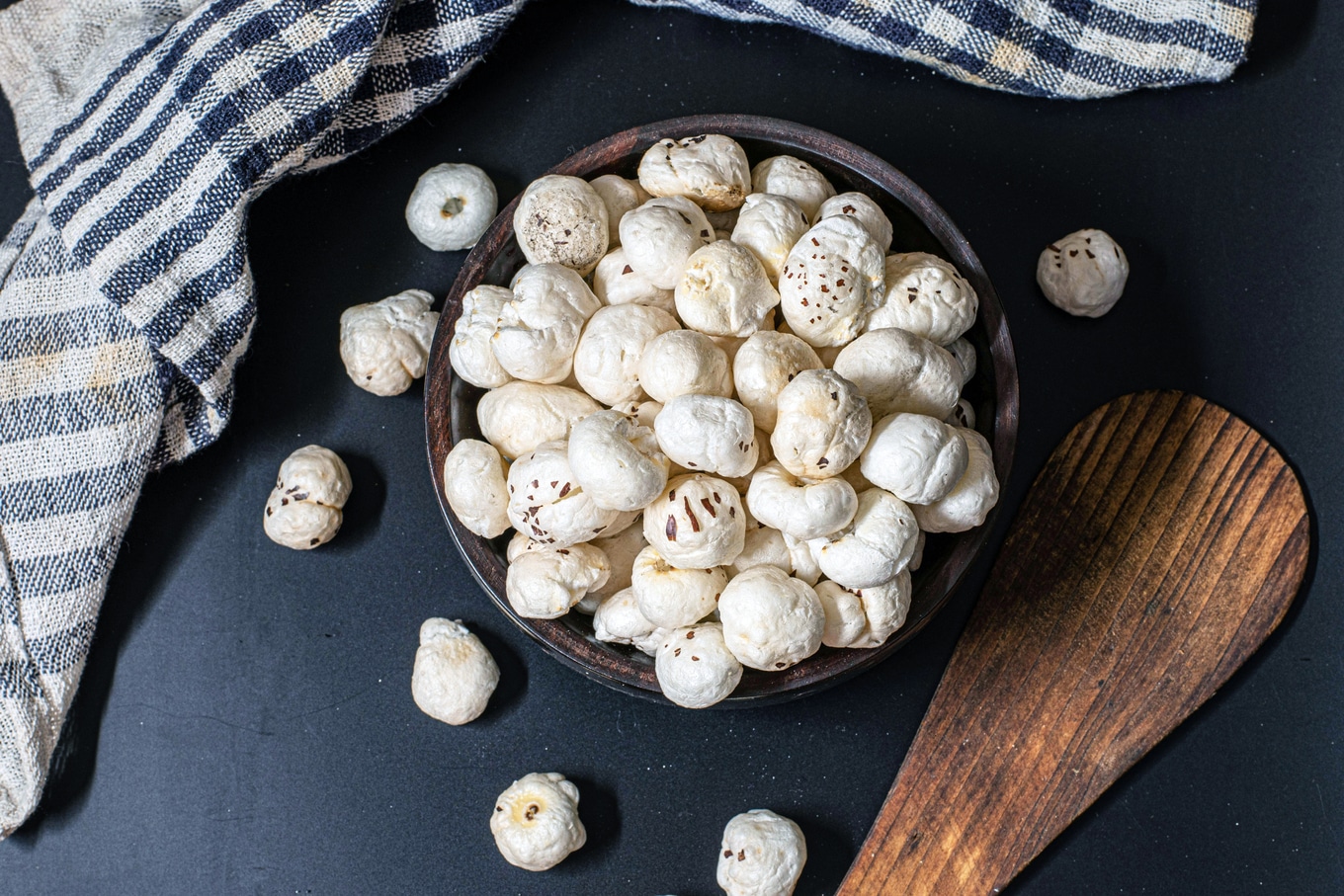 Pranjall Kumar/Pexels
Pranjall Kumar/Pexels
1Water lily seeds (Makhana)
Popping Temperature: 300°F to 350°F (150°C to 175°C)
Water lily seeds, also known as makhana, are commonly consumed in India and have been used for thousands of years in traditional cooking and as a snack. When popped, they take on a light, airy texture similar to popcorn, but with a nuttier taste. The seeds are roasted to release their moisture, which allows them to expand similarly to popcorn.
After puffing, they are often seasoned with spices such as chili powder, salt, or even herbs for various flavor profiles.
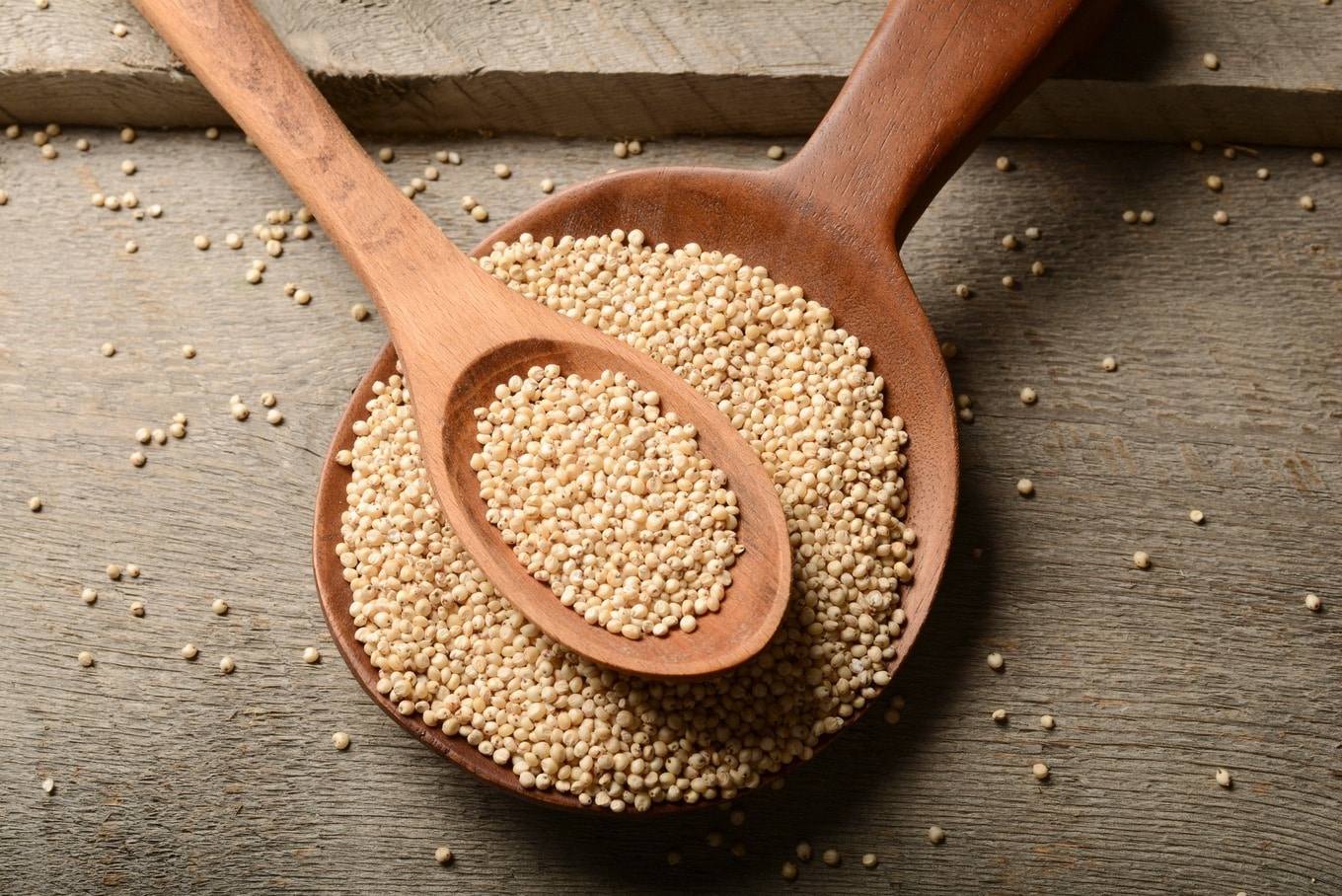 Getty
Getty
2Sorghum
Popping Temperature: 350°F to 375°F (177°C to 190°C)
Sorghum is a versatile, ancient grain packed with fiber, protein, and antioxidants. When popped, it creates tiny, fluffy puffs that resemble miniature popcorn. Though the puffs are smaller, sorghum provides a similar crunch and is naturally gluten-free. Sorghum has a mild, nutty flavor and is also considered a sustainable crop, as it requires less water and fewer pesticides than other grains.
Sorghum pops best when heated slowly to allow the moisture inside the grain to turn into steam, which then causes it to burst open. In some studies, sorghum has been successfully popped at temperatures as high as 260°C (500°F) using specialized methods like fluidized bed puffing or microwave popping.
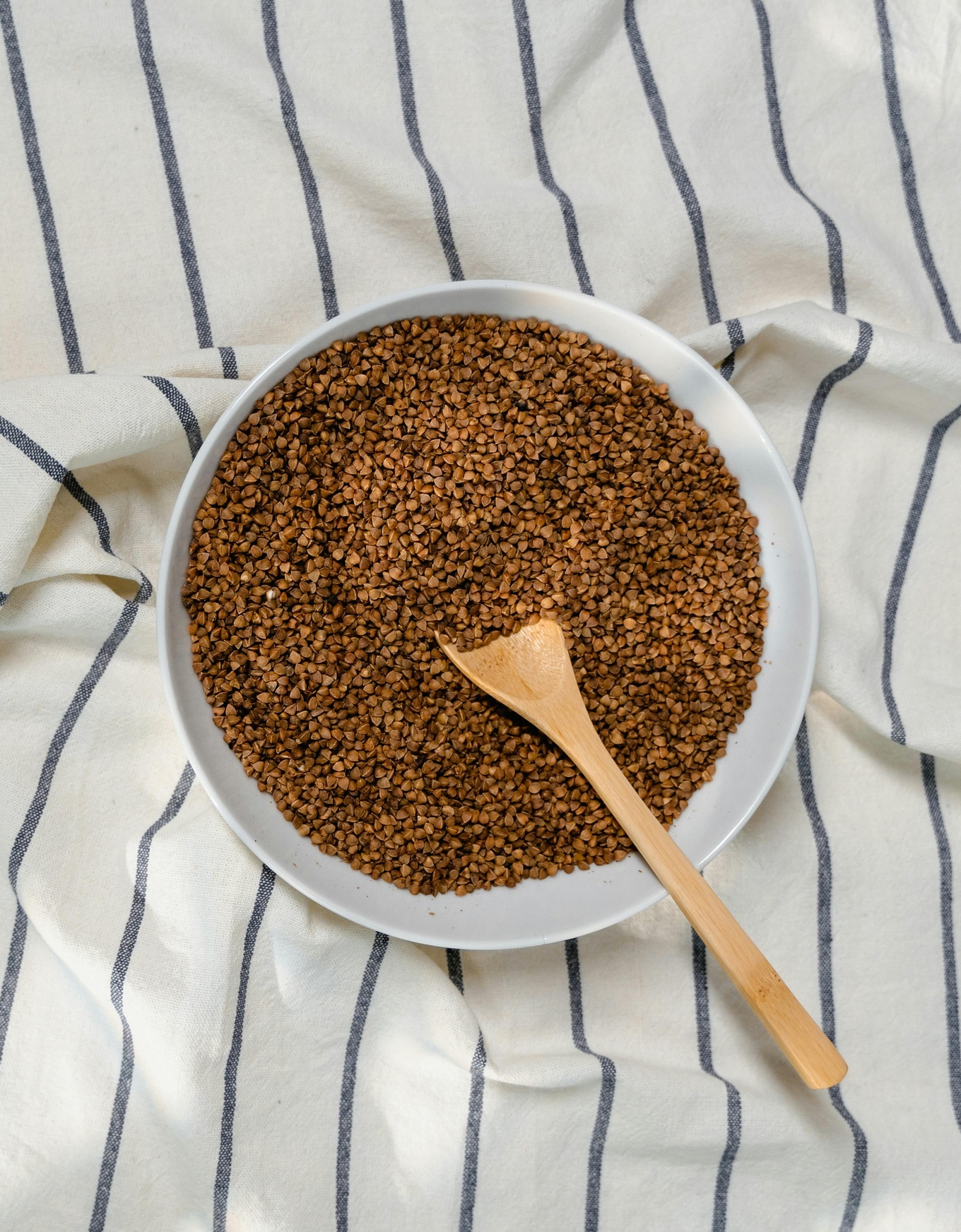 Mart Production/Pexels
Mart Production/Pexels
3Buckwheat
Popping Temperature: 360°F to 375°F (180°C to 190°C)
Despite its name, buckwheat is not a grain but a seed, and it can be popped into small, crunchy bites. It’s high in minerals such as magnesium and manganese, along with being a good source of protein and fiber.
Popped buckwheat has a mildly nutty flavor and is commonly used in both sweet and savory dishes. It’s important to note that not all buckwheat will pop fully—some will end up toasted rather than fully puffed.
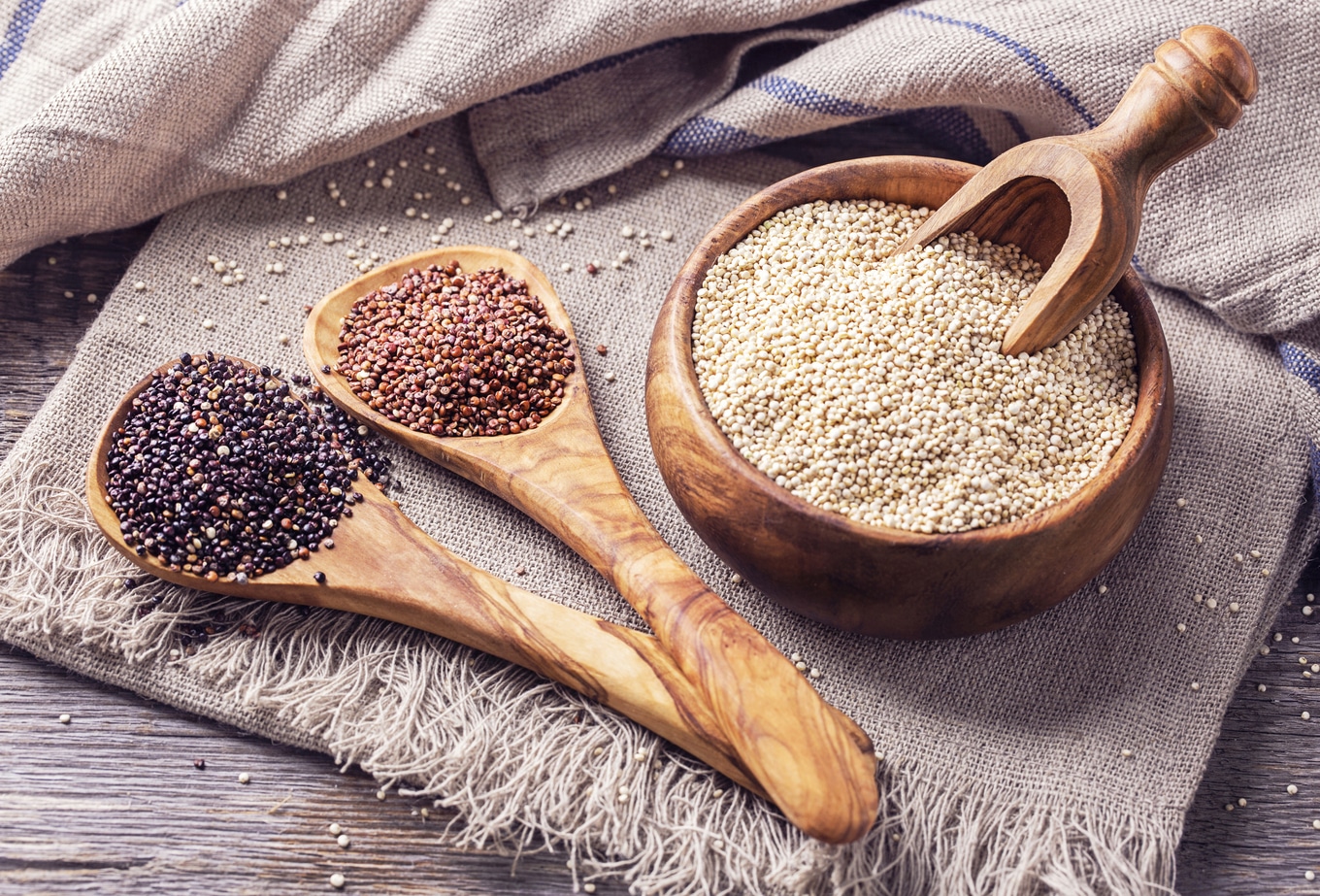 Quinoa
Quinoa
4Quinoa
Popping Temperature: 370°F to 375°F (188°C to 190°C)
Quinoa pops in a way that resembles toasted seeds rather than the large puffs you get from popcorn. It’s a crunchy, nutty alternative that can be used in a variety of ways, such as toppings for salads, energy bars, or cereal.
Unlike commercially puffed quinoa, which is achieved through mechanical processes, home-popped quinoa has a smaller and denser texture. Soaking quinoa in water overnight helps to keep the seeds from burning on a scorching hot pan—the ideal way to pop them.
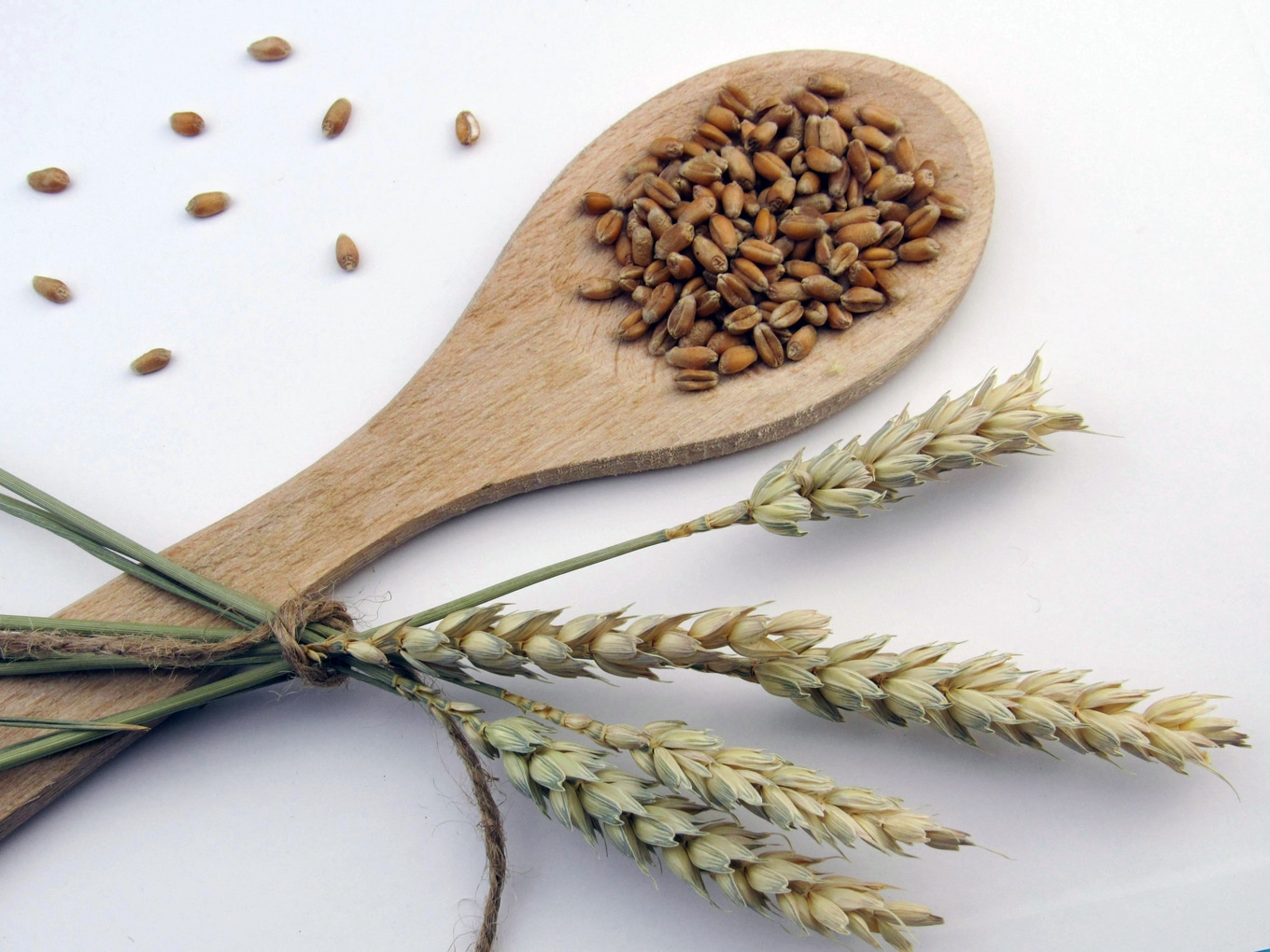 Karyna Panchenko/Pexels
Karyna Panchenko/Pexels
5Wheat berries
Popping Temperature: 350°F to 375°F (175°C to 190°C)
Wheat berries are whole wheat kernels that, when popped, create small, crunchy bites. When heated in a dry pan or with a small amount of oil, wheat berries will puff up and develop a crunchy, nutty texture. Unlike traditional popcorn, they don’t fully pop open, but instead crack and expand slightly.
Wheat berries are high in fiber, protein, and several essential minerals, making them a nutritious snack or salad topper.
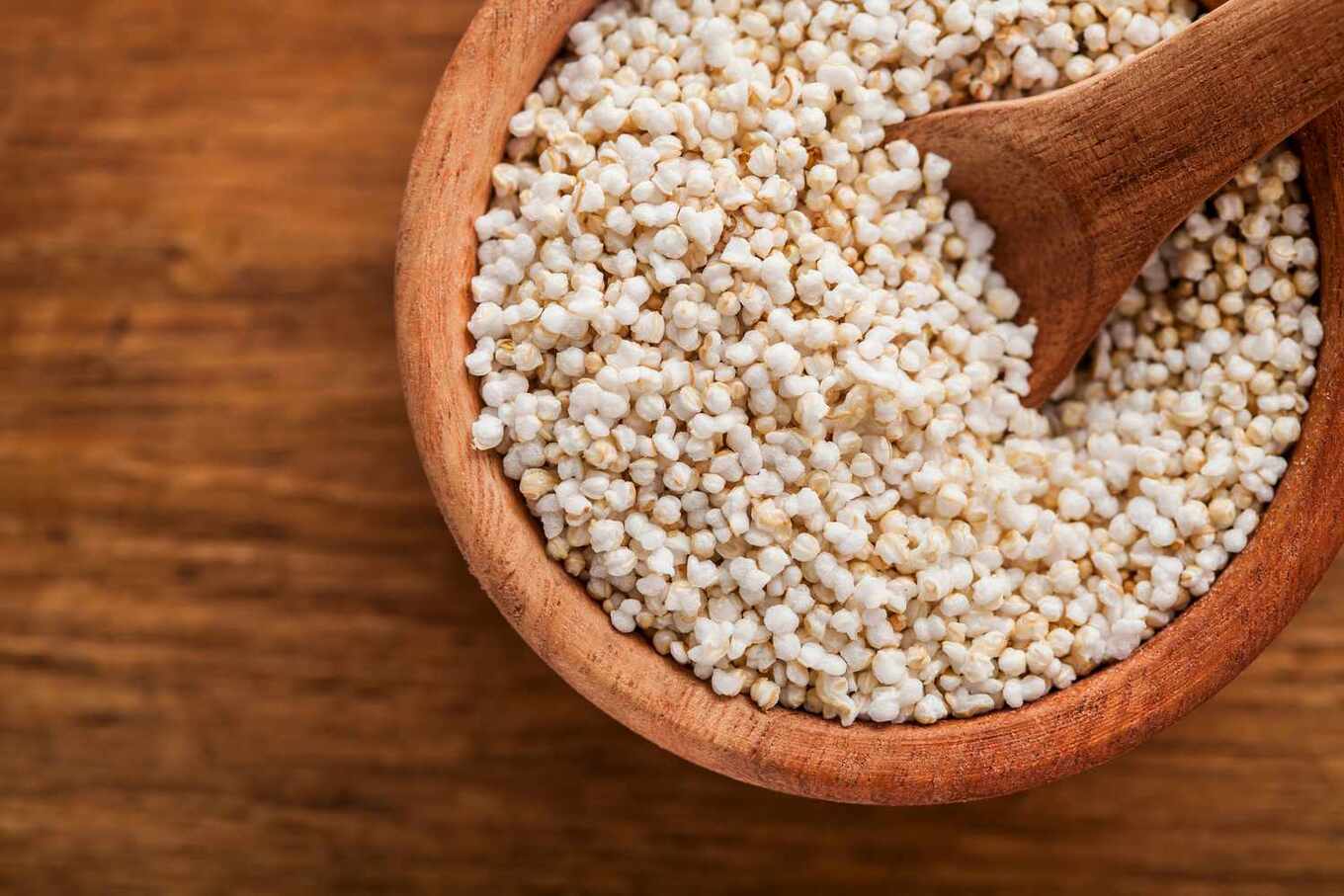 Getty
Getty
6Amaranth
Popping Temperature: 375°F (190°C)
Amaranth is a protein-rich seed that, when popped, yields light, crunchy puffs. It’s high in essential nutrients such as magnesium, iron, and calcium, and, like popcorn, it’s also gluten-free.
Amaranth has a toasty flavor and is a common ingredient in traditional Mexican sweets. In addition to being a nutrient powerhouse, it can be used to add a crunchy texture to dishes such as cereals or granola.
Amaranth seeds are tiny, so they pop quickly—usually within 10 to 12 seconds—and can burn easily if the temperature is too high or if left in the pan too long. Using a preheated, dry pan is key to avoiding burnt seeds while achieving the perfect popped texture.
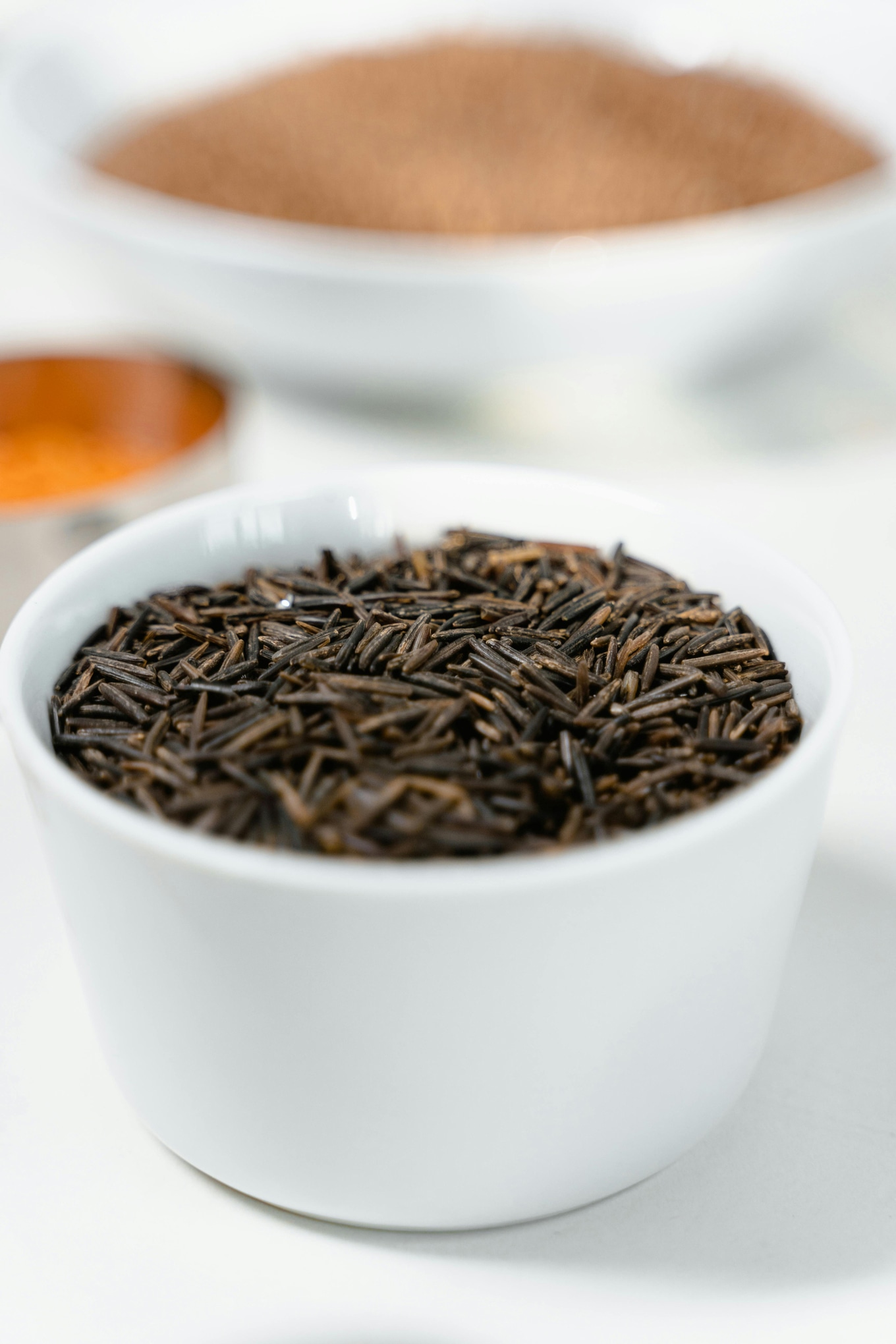 Mart Production/Pexels
Mart Production/Pexels
7Wild Rice
Popping Temperature: 400°F to 460°F (204°C to 238°C)
Wild rice, despite its name, isn’t a type of rice but a grass seed native to North America. When popped, wild rice offers a crunchy texture with a slightly earthy, nutty flavor. It’s packed with protein and fiber, making it a great topping for soups, salads, or even as a snack on its own.
When properly heated, wild rice expands and crisps, but it does not pop in the same way as traditional popcorn. Instead, it splits open, creating a crunchy, nutty texture. A heavy-bottomed pan, some oil, and patience (from three to five minutes of total popping time) is key.
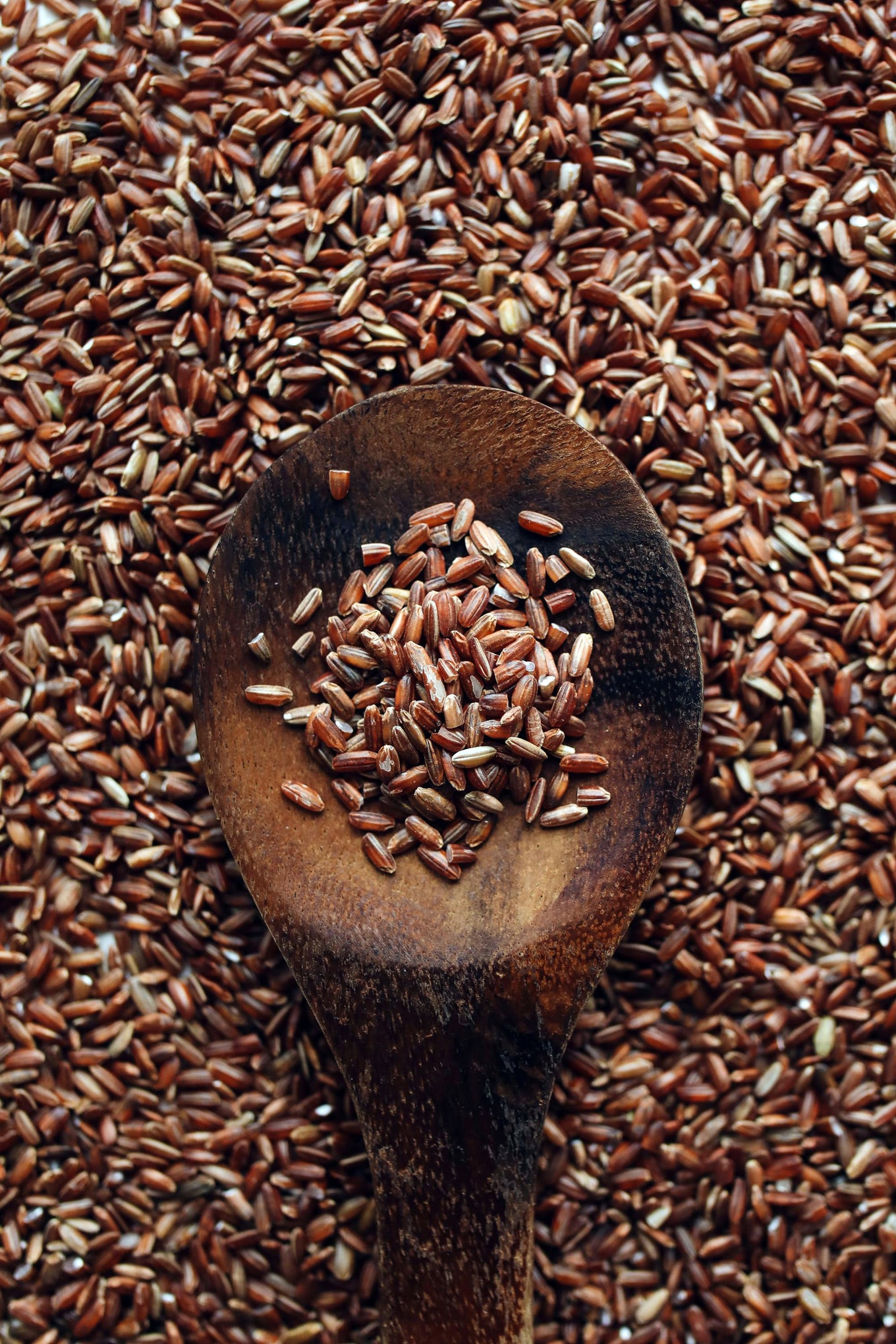 Polina Tankilevitch/Pexels
Polina Tankilevitch/Pexels
8Brown rice
Popping temperature: 425°F (218°C) and 450°F (232°C)
Brown rice is loaded with benefits. Another one to ad to the list? Its ability to pop. To achieve the best results, the rice must first be cooked and dried. This can be done by spreading the cooked rice on a baking sheet and placing it in an oven until fully dry. Once the rice has dried out, heat a pan of oil to the required temperature.
When the oil reaches this heat, small amounts of rice can be added. An instant-read thermometer can help ensure the oil is at the correct temperature to puff the rice without burning it.
Within just a few seconds, the rice puffs up into a crunchy snack that is often smaller and denser than popcorn but offers a similar texture.



